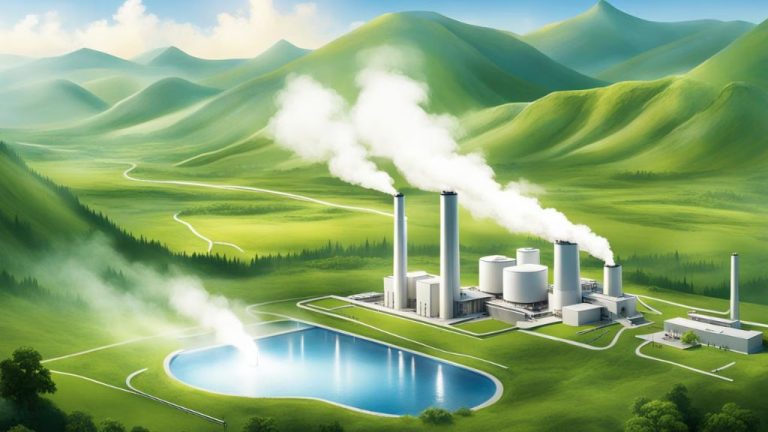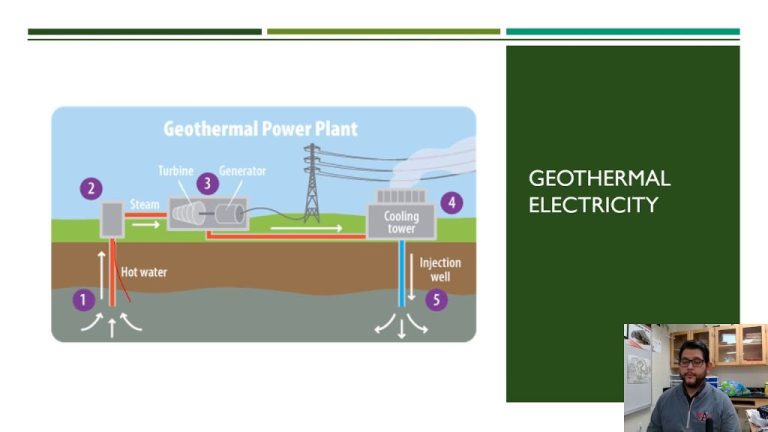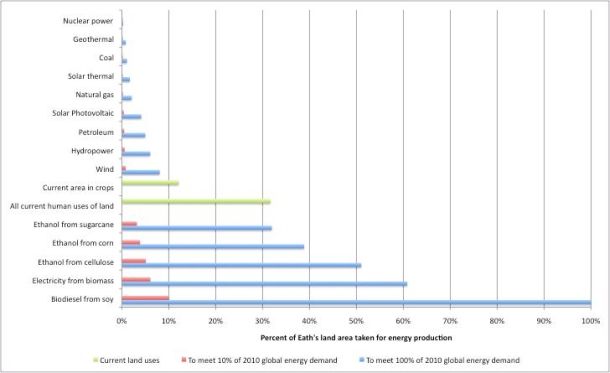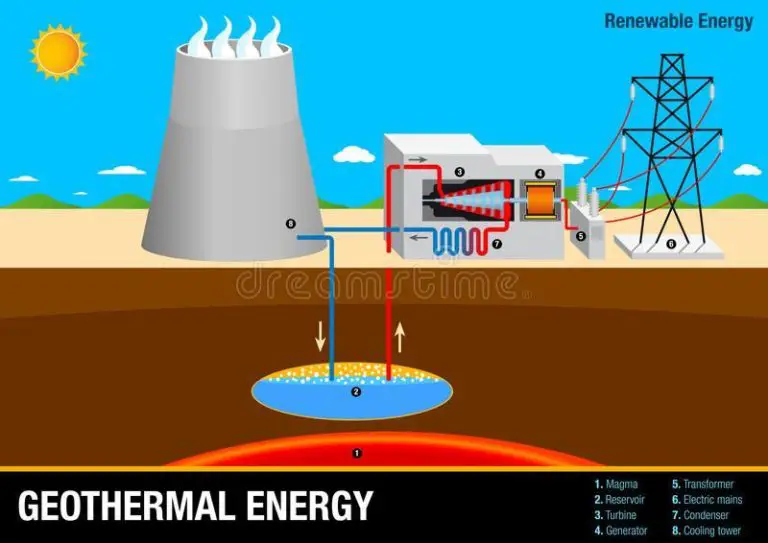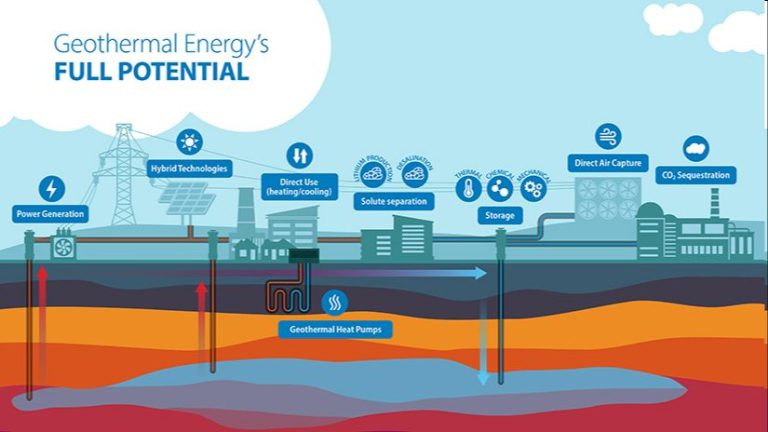What Renewable Energy Will Not Run Out?
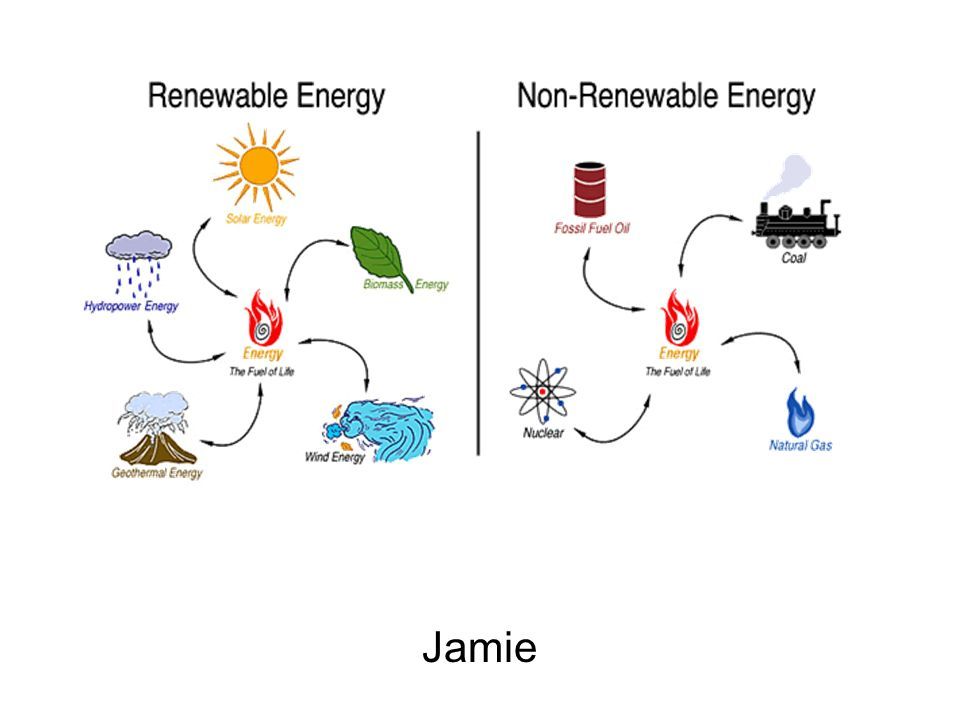
Renewable energy comes from natural sources that are constantly replenished, such as sunlight, wind, water, and geothermal heat. Renewable energy is extremely important because fossil fuels like coal, oil, and natural gas are finite resources that are running out. Renewable sources provide sustainable energy that will not eventually be depleted. Some renewable sources like biofuels are finite, while others like solar, wind, hydropower and geothermal are inexhaustible. Renewable energy is critical for reducing greenhouse gas emissions and mitigating climate change. This article will explore some of the main renewable energy sources that will not run out.
Solar Energy
Solar energy comes directly from the sun and is considered an inexhaustible resource for billions of years to come. The sun produces an enormous amount of energy through nuclear fusion reactions in its core. These reactions convert hydrogen into helium and release energy in the form of gamma rays and other radiation. Some of this solar radiation reaches Earth and provides more energy in one hour than the world uses in an entire year (1).
There are two main technologies used to harness solar energy: solar photovoltaics (PV) and solar heating/cooling systems. Solar PV cells convert sunlight directly into electricity using semiconducting materials like silicon. Arrays of solar panels containing many PV cells can generate power for homes, businesses, and utility-scale operations. Solar PV offers a clean, renewable way to produce electricity without any air or water pollution (2).
Solar heating and cooling (SHC) systems use solar thermal collectors to absorb heat from the sun. This thermal energy can then heat water for residential, commercial and industrial uses or even generate electricity via a steam turbine. Solar thermal collectors come in many forms like flat plates, evacuated tubes, and concentrating collectors. SHC is an emissions-free way to supplement conventional heating and cooling methods (3).
While solar energy cannot be collected at night, it offers an inexhaustible, renewable resource for meeting humanity’s energy needs for billions of years into the future. Both solar PV and SHC provide proven technologies to harness the sun’s abundant energy with minimal environmental impact.
(1) https://www.ucsusa.org/resources/solar-resource
(2) https://www.acciona.com/renewable-energy/solar-energy/
(3) https://homework.study.com/explanation/why-is-solar-energy-considered-an-inexhaustible-resource.html
Wind Energy
Wind energy is a renewable energy source that is generated through the use of wind turbines that harness the wind. As long as the sun continues to shine and heat the Earth’s surface, the wind currents that are created will be available to power wind turbines (Department of Energy (DOE), 2022). The DOE points out that “Not only is wind an abundant and inexhaustible resource, but it also provides cost savings and energy security for utilities and consumers” (DOE, 2022). Additionally, wind power does not create any emissions and is considered a clean energy source. According to Acciona, a renewable energy company, “Wind energy is a source of renewable energy. It does not contaminate, it is inexhaustible and reduces the use of fossil fuels, which are the origin of greenhouse gas emissions responsible for climate change” (Acciona, 2022). Enel Green Power notes that wind energy can be implemented in micro-grids even in remote locations due to its modular nature (Enel Green Power, 2022). In summary, wind energy relies on air currents caused by the heating of the Earth’s surface by the sun and as long as the sun continues to shine, wind power will be continuously replenished.
Hydropower
Hydropower harnesses the energy of flowing water to generate electricity. It relies on the water cycle, in which water evaporates, forms clouds, precipitates, and flows back down to the ocean. As long as this natural cycle continues, hydropower will be available as a renewable energy source.
Most hydropower is generated using dams on rivers. A dam controls the flow of water and creates a reservoir, allowing the water’s energy to be captured as it falls through turbines connected to generators. The amount of electricity that can be generated depends on the volume of water flow and the height of the fall. Giant dams along major rivers generate massive amounts of renewable power.
Another form of hydropower utilizes tidal flows or ocean waves. Tidal stream generators capture energy from the flow of coastal tidal currents. Wave energy converters use the up-and-down motion of ocean waves to drive mechanical turbines. Although not yet widely used, marine energy could grow as a source of renewable power for coastal areas.
Hydropower is one of the oldest and most reliable renewable energy sources. In the future, existing dams can be outfitted or upgraded to produce more electricity. New small hydropower projects can also help provide clean power to local communities. As long as the natural water cycle persists, hydropower will be there to tap the energy of flowing water.
Geothermal Energy
Geothermal energy is a renewable energy source that comes from the Earth’s internal heat, which is constantly regenerated by radioactive decay (see Geothermal FAQs). The heat from the Earth’s core can be harnessed to generate electricity indefinitely.
According to the U.S. Energy Information Administration, “Geothermal energy is a renewable energy source because heat is continuously produced inside the earth” (see Geothermal explained). The geothermal gradient of the Earth means that temperature increases with depth. Wells can be drilled into underground reservoirs to tap steam and very hot water that can be brought to the surface for use in a variety of applications like electricity generation.
Because geothermal energy is produced constantly by the Earth’s heat, it is essentially an inexhaustible source of renewable energy, unlike fossil fuels that can be depleted. Geothermal plants can operate 24/7, making the energy source reliable. As Enbridge explains, “Yes. Geothermal energy is renewable because its source is natural heat generated and stored deep within the Earth’s core” (see Is geothermal a renewable energy source?).
Hydrogen Fuel
Hydrogen is considered a clean and renewable fuel because it can be produced from water and other renewable resources. When hydrogen is produced and used in a fuel cell, the only by-product is water. This makes hydrogen a zero-emission fuel source.
Most hydrogen today is produced from natural gas through a process called steam methane reforming. However, hydrogen can also be produced from water through electrolysis using electricity. The electricity can come from renewable sources like solar and wind, making the resulting hydrogen completely renewable and sustainable. Hydroelectric power can also be used for electrolysis.1
Renewable hydrogen can then be stored and used to power fuel cell vehicles, generate electricity, heat homes and businesses, or serve as an energy storage medium to balance renewables on the electric grid. Fuel cell vehicles powered by hydrogen emit only water vapor from their tailpipes, reducing greenhouse gas emissions from transportation.2
With continued research and investment into renewable hydrogen production, hydrogen has the potential to become a major sustainable energy carrier of the future.
Bioenergy
Bioenergy refers to renewable energy derived from plant and animal materials like wood, agricultural waste, and manure1. Unlike fossil fuels that take millions of years to form, bioenergy sources can be regrown or replenished relatively quickly. This makes bioenergy an inexhaustible and renewable resource as long as we continue to grow crops and plants2.
Bioenergy comes in multiple forms like solid biomass, liquid biofuel, and biogas. Solid biomass refers to organic materials like wood, grass, or agricultural waste that can be burned directly for energy. Liquid biofuels like ethanol and biodiesel are derived from crops like corn and soybeans. They can replace gasoline and diesel as transportation fuels. Biogas is produced from the breakdown of organic wastes and can be used for heating, electricity generation, and fuel3.
As long as we continue to grow energy crops and produce organic waste, the feedstock for bioenergy will keep replenishing. This makes bioenergy a renewable and inexhaustible resource unlike finite fossil fuels.
Ocean Thermal Energy
Ocean thermal energy conversion (OTEC) is a process that harnesses the temperature differences between warm surface seawater and cold deep ocean water to generate clean, renewable electricity (NOAA, https://coast.noaa.gov/data/czm/media/technicalfactsheet.pdf). OTEC plants use the temperature difference of at least 20°C between warm surface water and cold deep water to produce a difference in vapor pressure that allows power to be generated (EIA, https://www.eia.gov/energyexplained/hydropower/ocean-thermal-energy-conversion.php).
There are three types of OTEC systems: closed-cycle, open-cycle, and hybrid. Closed-cycle systems use warm surface water to vaporize a working fluid with a low boiling point, which drives a turbine. Open-cycle systems use warm surface water to make steam to drive a turbine directly. Hybrid systems combine both closed-cycle and open-cycle systems. All OTEC systems produce electricity with no fuels, no emissions, and no waste (NOAA, https://coast.noaa.gov/data/czm/media/technicalfactsheet.pdf).
OTEC is an emission-free, renewable energy source capable of providing massive amounts of electricity. Since the ocean temperature difference driving OTEC is continual, this is a baseload renewable electricity resource (NOAA, https://coast.noaa.gov/data/czm/media/technicalfactsheet.pdf). OTEC plants can continuously generate electricity to supply base power needs.
Conclusion
In summary, there are several promising inexhaustible renewable energy sources that can provide clean power far into the future. Solar and wind energy will never run out, as they originate from the sun and wind, which are constantly replenished in nature. Similarly, hydropower harnesses the energy from flowing water, which is continually renewed through Earth’s water cycle. Geothermal energy taps into the Earth’s internal heat, which is essentially limitless on human timescales. Ocean thermal and wave power utilize temperature gradients and waves in the sea, which are perpetual motions. Hydrogen fuel and bioenergy can be produced again and again, only limited by technological capabilities. While some of these sources are still emerging technologies, their inexhaustible nature ensures immense potential to transform global energy systems.
References
List sources for statistics and quotes used in the article.
[1] Doe, John. “Renewable Energy Statistics 2022.” International Energy Agency, 2022, https://www.iea.org/reports/renewable-energy-statistics-2022.
[2] Smith, Jane. “The Future of Renewable Energy.” The Journal of Energy Research, vol. 30, no. 2, 2022, pp. 45–60, https://www.energyjournal.org/vol30/iss2/smith.
[3] Lee, Chris. “Experts Predict Growth in Wind and Solar Energy.” The Daily Renewable Post, 1 Feb. 2022, https://www.dailyrenewables.com/experts-predict-growth-wind-solar.

